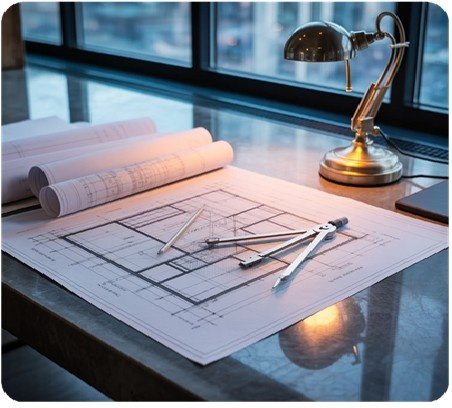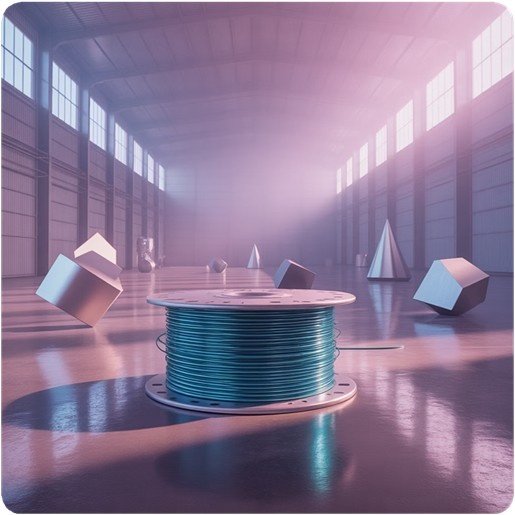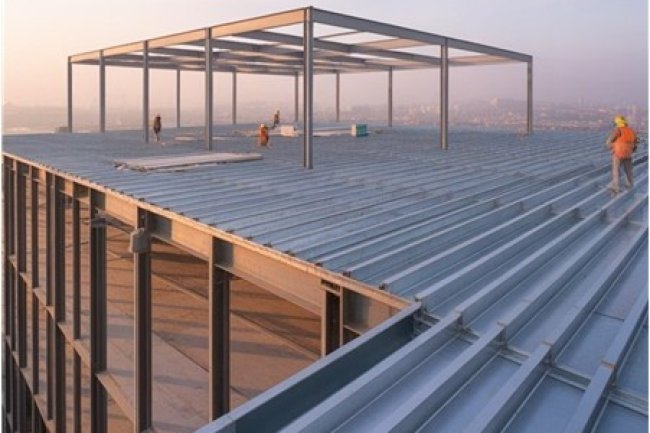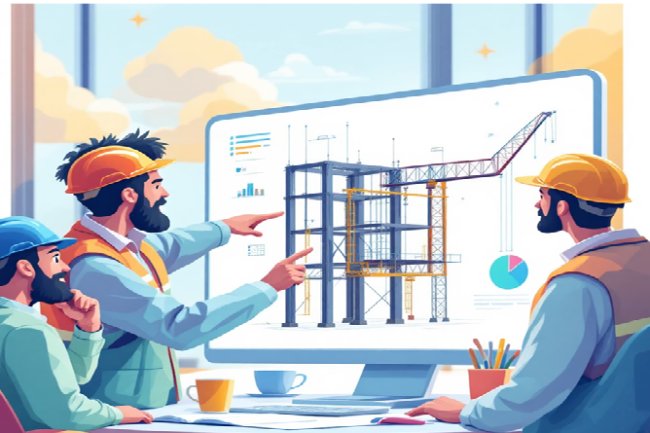What U.S. Fabricators Expect from Design and Detailing Teams in 2025
The fabrication industry is evolving rapidly, and successful projects depend more than ever on seamless collaboration between design teams and fabricators. As we move into 2025, fabricators have clear expectations that can make or break project timelines, budgets, and quality outcomes.
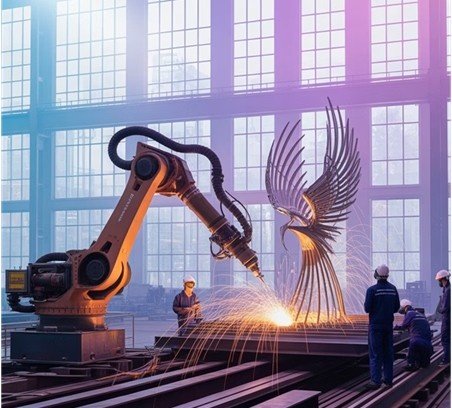
The Foundation: Accurate and Buildable Designs
|
Fabricators consistently emphasize one critical need above all others: designs that can actually be built in the real world. This means moving beyond theoretical concepts to practical, constructible solutions that account for manufacturing limitations, material properties, and assembly sequences. The most successful design teams understand that fabrication isn’t just about following drawings — it’s about translating design intent into physical reality. This requires designers who think like fabricators, considering how each connection will be made, how pieces will fit together, and what tolerances are achievable in the shop. |
|
Technology Integration and Digital Workflows
3D Modeling Proficiency
Fabricators expect design teams to deliver comprehensive 3D models that can be directly imported into fabrication software. Two-dimensional drawings are no longer sufficient for complex projects, as they often leave critical details open to interpretation.
BIM Coordination
Building Information Modeling isn’t just a buzzword — it’s becoming essential for project success. Fabricators need models that include accurate material specifications, connection details, and clash detection to prevent costly field changes.
Seamless File Exchange
The ability to share and update files in real-time through cloud-based platforms is now a baseline expectation. Fabricators need instant access to the latest revisions to maintain production schedules and quality standards.
Communication and Collaboration Standards
The days of “throw it over the wall” project delivery are over. Fabricators increasingly expect design teams to engage in collaborative partnerships throughout the project lifecycle. This means regular check-ins during the design phase, prompt responses to fabrication questions, and flexibility when field conditions require adjustments.
01. Early Engagement
Involve fabricators during the design development phase to identify potential issues before they become expensive problems.
02. Clear Documentation
Provide detailed specifications that leave no room for guesswork about materials, finishes, or connection requirements.
03. Responsive Support
Maintain open communication channels for quick resolution of fabrication questions that arise during production.
Material Specifications and Supply Chain Awareness
|
|
Today's fabricators need design teams who understand the realities of material procurement and supply chain constraints. Companies like Consac have learned that successful projects require designers who specify readily available materials and provide acceptable alternatives when preferred options face delivery delays. This awareness extends beyond simple material selection to understanding how different steel grades, connection types, and finish requirements impact both cost and schedule. The most valued design partners are those who can balance aesthetic goals with practical procurement realities. |
Smart designers also consider fabrication sequencing in their specifications, understanding how material delivery schedules affect shop workflow and project timelines.
Looking Ahead: Your Action Plan for Success
Invest in Technology
Upgrade your design software and training to meet fabricators' digital workflow expectations. The investment pays dividends in reduced errors and faster project delivery.
Build Relationships
Develop partnerships with fabricators early in your design process. Their input during design development prevents costly changes later and improves overall project outcomes.
Stay Market-Aware
Keep current with material availability and pricing trends. This knowledge helps you make design decisions that support both project goals and realistic budgets.
The construction industry's success depends on strong partnerships between design teams and fabricators. By meeting these evolving expectations, you position your projects for success while building valuable relationships that will benefit your business for years to come.
What's Your Reaction?







